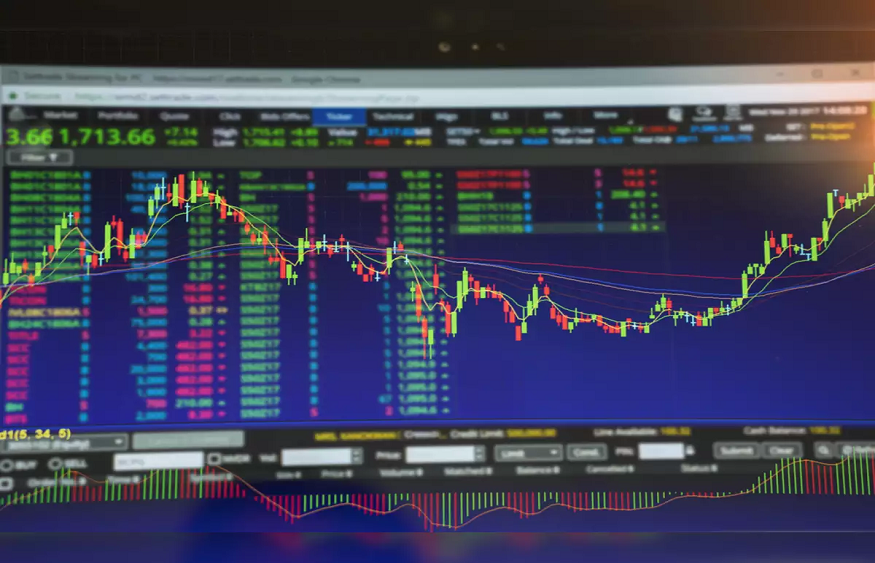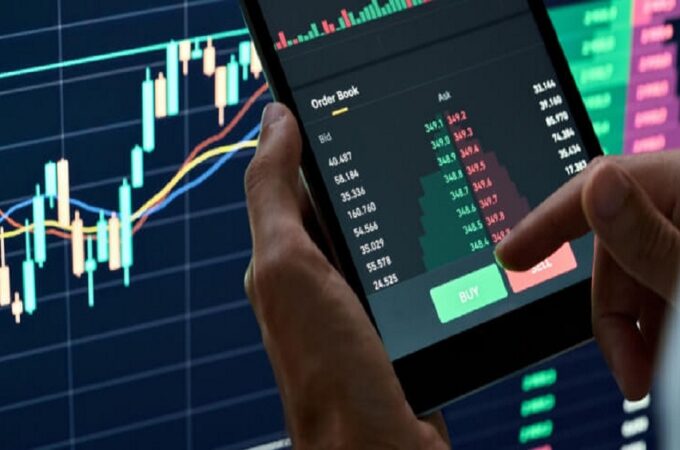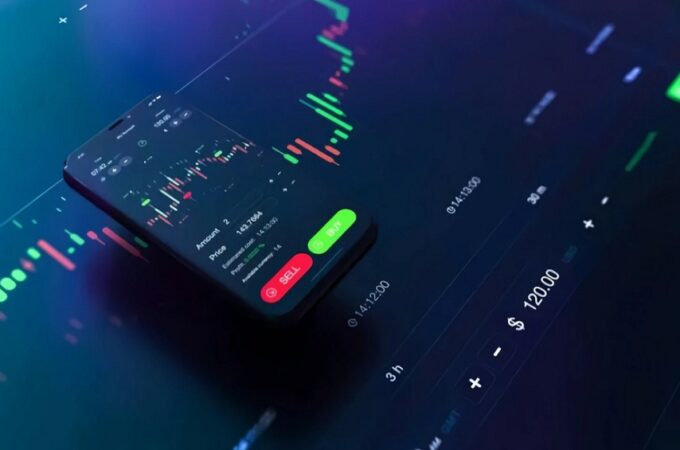
Nifty Futures Historical Data: How to Use It to Your Advantage
Nifty Future’s historical data is a valuable resource that traders and investors can use to analyze past price movements, identify patterns, and make informed decisions. By examining historical data, you can gain insights into market trends, volatility, and potential trading opportunities. Here are some ways to effectively use Nifty Futures historical data to your advantage:
Analyzing historical price data can help identify long-term trade trends in the Nifty index. By studying price patterns, support and resistance levels, and moving averages, you can determine the direction in which the market has been moving. This information can be used to identify potential entry and exit points for trades based on the prevailing trend.
Historical data can provide valuable insights into the volatility of the Nifty index. By examining past price movements and calculating measures such as standard deviation and average true range, you can assess the level of volatility in the market. This information can be helpful in setting appropriate stop-loss levels and managing risk.
Historical data can reveal seasonal patterns or recurring trends in the Nifty index. For example, certain months or periods of the year may exhibit consistent upward or downward movements due to factors such as corporate earnings seasons, budget announcements, or economic events. By identifying these seasonal patterns, you can adjust your trading strategy accordingly to capitalize on potential opportunities.
Nifty Future’s historical data can be used to identify correlations between the Nifty index and other market factors, such as sector indices, interest rates, or currency movements. By analyzing historical price relationships, you can gain insights into how different variables impact the Nifty index. This understanding can help you make more informed trade decisions and manage portfolio diversification effectively.
Historical data is essential for backtesting trading strategies. By applying your trading strategy to past market conditions, you can evaluate its performance and assess its potential profitability. Backtesting helps you identify the strengths and weaknesses of your strategy and make necessary adjustments before implementing it in real-time trading.
Historical data can provide insights into potential risks associated with Nifty Futures trading. By examining past price movements and calculating risk metrics such as maximum drawdown and volatility spikes, you can assess the potential downside risks. This information can help you set appropriate position sizes, establish stop-loss levels, and manage risk effectively.
Historical data can aid in the identification of chart patterns, such as double tops, head and shoulders, or triangles. These patterns can indicate potential trend reversals or continuation, providing valuable trading signals. By recognizing these patterns in historical data, you can develop a systematic approach to identify similar patterns in real-time trading.
It is important to note that while historical data can provide insights, it does not guarantee future market behavior. Trade and Market conditions can change, and past performance may not be indicative of future results. Therefore, it is crucial to combine historical data analysis with other fundamental and technical analysis tools to make well-informed trading decisions. Thus Nifty Futures historical data is a valuable tool for traders and investors to analyze market trends, assess volatility, identify patterns, and backtest trading strategies.





